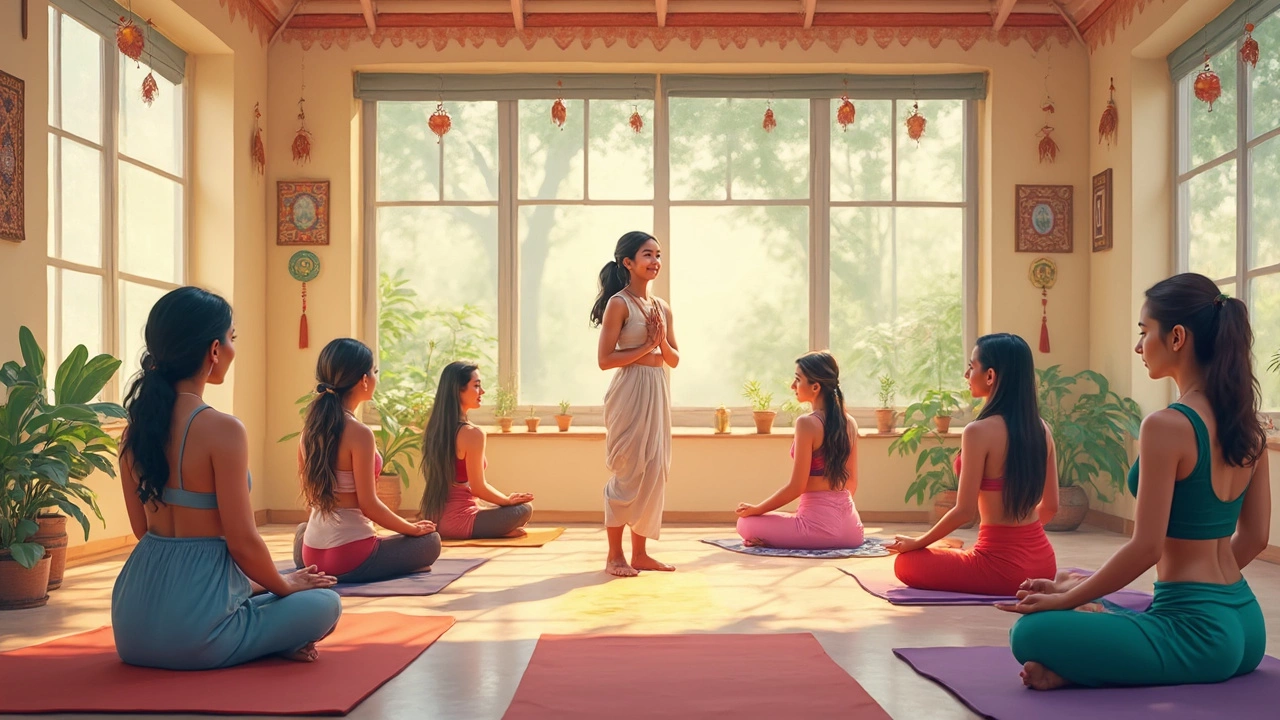Start Yoga: Your Easy Guide to Begin Practicing
Thinking about giving yoga a try but not sure where to start? You’re not alone. Most beginners feel a little overwhelmed by all the poses and jargon. The good news is you only need a few simple steps to feel comfortable on the mat. This guide breaks everything down so you can start right now without any confusion.
Find the Right Space and Gear
First, pick a quiet spot where you can move freely. A living‑room corner, a bedroom floor, or even a park bench works fine—just make sure the surface is flat. You don’t need an expensive mat; a thin yoga towel or a carpeted floor will do for the first few sessions. Wear stretchy clothes that let you bend without restriction. Think yoga pants, a t‑shirt, and socks with grip if the floor is slippery.
Learn the Core Poses and Breathing
Start with three basic poses: Mountain (Tadasana), Downward‑Facing Dog, and Child’s Pose. Mountain teaches you how to stand tall, engage your core, and breathe evenly. Downward‑Facing Dog stretches your hamstrings, calves, and shoulders while giving you a gentle inversion. Child’s Pose is your go‑to rest position, perfect for catching your breath. Pair each pose with a simple breath: inhale through the nose, fill your belly, then exhale slowly through the mouth. Keeping the breath steady helps you stay focused and prevents strain.
Practice these three poses for five minutes a day. Hold each for three to five breaths, then move to the next. Consistency matters more than length—short, daily sessions build habit faster than occasional hour‑long workouts.
When you feel comfortable, add a couple of standing stretches like Warrior II and a gentle twist. Don’t rush; each new pose should feel stable before you move on. If a posture hurts, back off or modify it. Yoga isn’t about pain, it’s about awareness.
Creating a simple routine keeps you on track. A typical starter session might look like this: 1) five minutes of gentle breathing, 2) three core poses, 3) two standing stretches, and 4) finish with Child’s Pose for relaxation. All of this can fit into a 10‑minute window, perfect for busy mornings or evenings.
Track your progress with a quick note after each practice. Write down how long you held each pose, any tight spots, and how you felt overall. Over weeks you’ll see improvements in flexibility and balance, and you’ll know which areas need extra attention.
If you enjoy the solo routine, consider joining an online beginner class or a local studio session. Watching an instructor can clarify alignment and introduce new poses safely. Many free videos focus on “Yoga for Beginners,” so you can explore different styles without any cost.
Remember, the goal isn’t to become a yoga master overnight. It’s to move a little more, breathe a little deeper, and feel steadier in your body. With a clear space, a few basic poses, and a consistent schedule, you’re ready to start yoga and reap the benefits of calm, strength, and flexibility.
